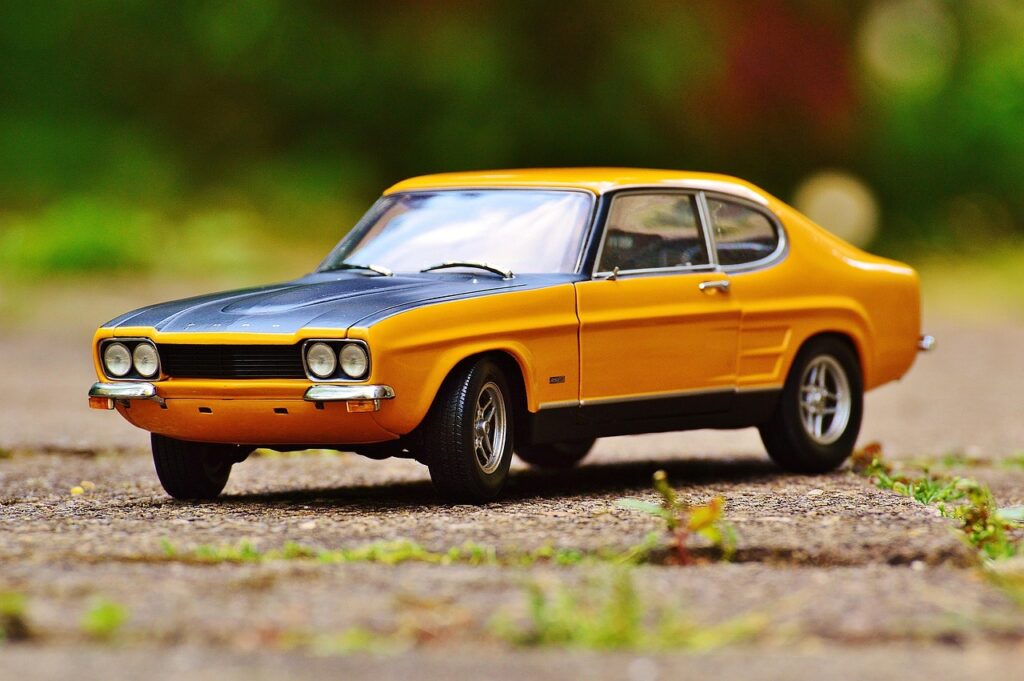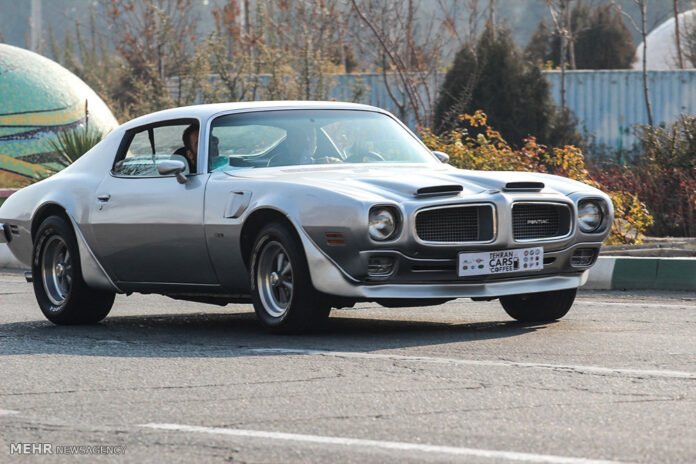
Ever hop into a car and instantly feel like you’ve stepped back in time? It’s not just the classic styling that gives it away; sometimes, it’s a specific, now-extinct feature that screams ‘vintage’ louder than any rust spot. As technology advances and car designs evolve, many beloved elements from older vehicles have become fascinating relics of the past. They tell a story of innovation, changing consumer habits, and ever-evolving safety standards that have collectively shaped the modern driving experience we know today. These aren’t just minor tweaks; they represent fundamental shifts in how we interact with our vehicles.
Indeed, cars have evolved tremendously over the years, transforming from relatively basic designs into the tech-loaded, comfort-driven machines we navigate daily. The journey from simple, mechanical creations to today’s smart vehicles is nothing short of remarkable, blending tradition with cutting-edge innovation. Early cars prioritized basic needs, with drivers often having to manually adjust mirrors and windows, and basic safety features like seatbelts only becoming mandatory much later, in the 1960s. Their design emphasized mechanical strength over aesthetics, relying on simple engines for reliability, albeit with minimal versatility or convenience.
Today, we’re diving deep into some of these charming — or perhaps, now cringe-worthy — older car features that simply don’t exist in new models. These nostalgic elements have been replaced by modern innovations that prioritize safety, efficiency, and convenience above all else. So, buckle up for a ride down memory lane as we explore 14 car features that have completely disappeared over the years, starting with seven of the most instantly recognizable indicators of an older, perhaps ‘less smart,’ ride.

1. **Cassette Players**Before Bluetooth and streaming services became the ubiquitous standards for in-car entertainment, cassette players were undeniably the go-to. Drivers meticulously organized their tape collections, often keeping a trusty pencil in the glove compartment for those inevitable tape rewinding emergencies. While they definitely had their quirks, they imbued road trips with a truly personal touch, allowing us to curate soundtracks long before digital playlists were even a concept.
These physical media players, with their satisfying clunk as a tape clicked into place, represented a significant era of automotive audio. The act of creating mixtapes for loved ones or for specific journeys added a layer of intimacy to our drives that’s hard to replicate with today’s instant access. It was a slower, more deliberate form of entertainment consumption that many older drivers remember fondly, even as they appreciate modern conveniences.
However, the decline of physical media like cassettes and CDs has irrevocably shifted the landscape of in-car audio. The rise of Bluetooth connectivity, auxiliary inputs, and USB ports has empowered drivers to stream music directly from their smartphones or access vast digital libraries with unparalleled ease. This transition hasn’t just been about convenience; the superior sound quality and sheer variety offered by digital media have ultimately rendered the cassette deck a charming, albeit impractical, relic of the past, marking it as one of the earliest indicators of an older vehicle.
Read more about: 15 Classic Wagons Families Don’t Want: Why Next-Gen Parents Pass on These Road Icons
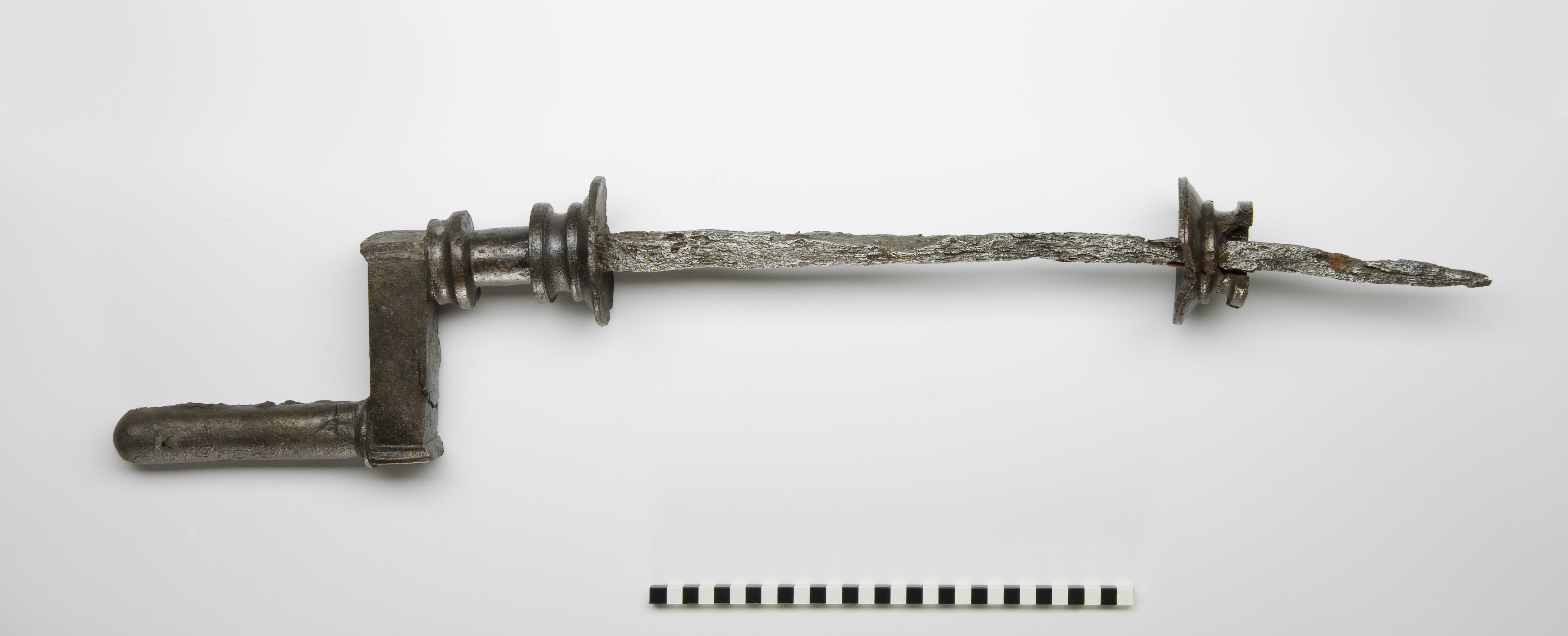
2. **Manual Window Cranks**Remember a time when rolling down the window quite literally required actual rolling? Manual cranks were once a staple in virtually every vehicle, offering a simple, sturdy, and remarkably reliable way to get some fresh air. Unlike today’s complex automatic systems, they rarely malfunctioned, providing a consistent, tactile interaction that drivers took for granted. The simple mechanics of a manual crank often meant fewer things to break, contributing to a car’s overall robustness.
This simple mechanism, a physical knob you’d turn to engage the window, was a testament to the straightforward engineering of earlier automobiles. There was a directness to the action; you felt the window moving, you controlled its speed, and there was a certain satisfaction in the physical effort. It connected the driver and passengers directly to the vehicle’s functions, a stark contrast to the effortless glide of modern power windows.
While the convenience of power windows is undeniable and they’ve largely taken over, the act of cranking a window down possessed its own distinct charm. Modern power windows, operated by switches, offer far greater convenience and can be controlled by all passengers or the driver alone, enhancing safety and ease of use. Features like one-touch operation and automatic closing further highlight the advancements, pushing manual window cranks firmly into the realm of nostalgic, rather than practical, features.
Read more about: Unlocking Power: 14 Essential Tools for American Muscle Car Restoration

3. **Analog Speedometers**The distinctive sweep of a needle across a circular gauge was once the quintessential way to monitor your speed. Analog speedometers, with their traditional, needle-based displays, gave driving an unmistakable old-school feel that many enthusiasts still miss today. They were clear, direct, and provided an immediate, visual representation of your velocity without any digital intermediaries or complex readouts to interpret.
This classic design wasn’t just about functionality; it contributed significantly to the aesthetic of the car’s dashboard. The elegant simplicity of an analog gauge provided a reassuring sense of control and a connection to the raw mechanics of driving. For many, it felt more authentic, less detached than a numerical display, allowing for a quick glance to gauge speed without distraction.
However, digital dashboards have increasingly replaced these traditional displays, ushering in an era of sleek, integrated information systems. While some may lament the loss of that satisfying, tangible simplicity, digital clocks and speedometers offer more precise timekeeping, additional information, and integrate seamlessly with other digital displays in the car, providing a cohesive and modern look. The shift towards fully digital dashboards has indeed made analog clocks and speedometers a nostalgic feature rather than a practical necessity.
Read more about: The Vanishing Act: 15 Iconic Dashboard Features from the 80s That Paved the Way for Tomorrow
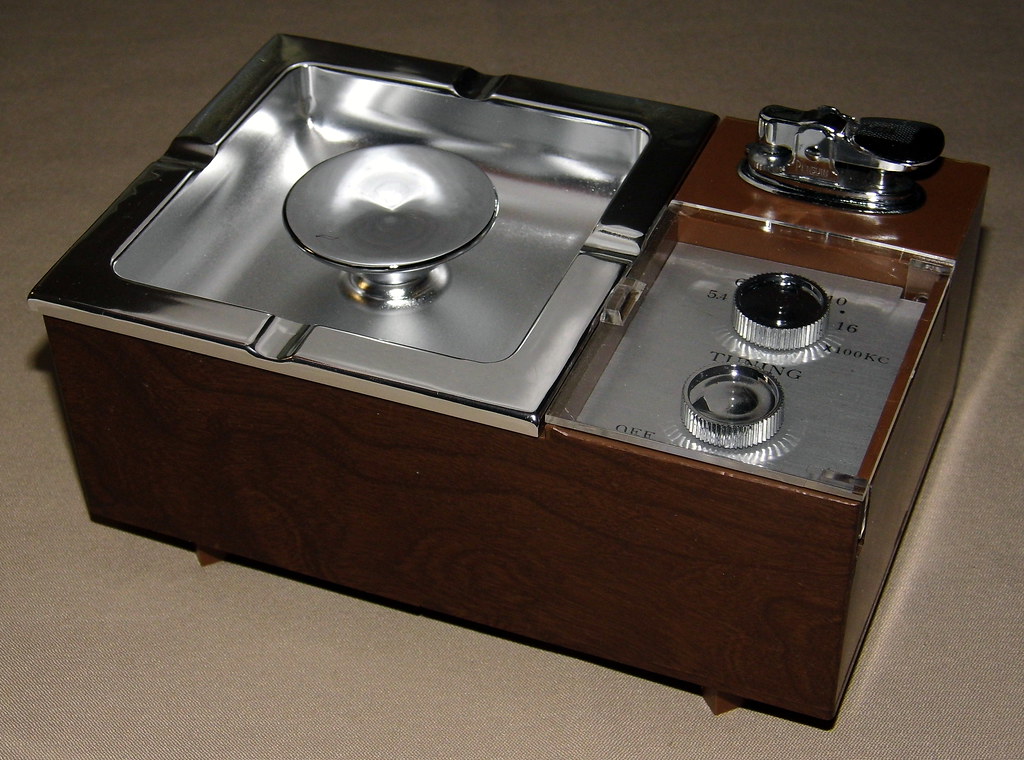
4. **Built-In Ashtrays and Lighters**Not too long ago, finding an ashtray and a cigarette lighter as standard equipment in virtually every vehicle was completely normal. Smoking in cars was once the norm, and these features were integrated into the interior design without a second thought, reflecting the widespread smoking culture of the era. They were as common as cupholders are today, indicative of a different societal acceptance.
The presence of these items speaks volumes about past social norms and expectations. The lighters, often a simple pull-out element that heated up for use, also served a secondary purpose as a 12V power outlet for early electronic accessories, long before USB ports became standard. This dual functionality, however, was quickly overshadowed by changing health perspectives and technological advancements.
Now, these features have largely disappeared, replaced in favor of cleaner, smoke-free interiors, reflecting a significant cultural shift and increased awareness of health risks. Modern cars often swap these former fixtures for additional storage compartments, more versatile power outlets, or dedicated USB charging ports. This change aligns with healthier lifestyles and the growing reliance on electronic devices, making ashtrays and lighters a definitive marker of an older vehicle and a bygone era.
Read more about: Seriously, Where Did They Go? 15 Wildly Nostalgic Car Accessories That Vanished Into Thin Air

5. **Front Bench Seats**Before the widespread adoption of individual bucket seats and the proliferation of center consoles that dominate modern interiors, front bench seats were a common sight. These expansive seats allowed for three passengers to comfortably (or at least, often snugly) sit up front, making carpooling a more literal three-abreast affair. They offered a unique sense of coziness and maximized passenger capacity within the cabin.
There was an undeniable practicality to bench seats, particularly for families or those needing to transport more people. They fostered a sense of togetherness, with less physical division between the front occupants. However, this design eventually gave way to evolving safety regulations and a broader shift toward individual seating preferences, which began to prioritize personal comfort and crash protection above all else.
Today, bench seats have largely disappeared, replaced by bucket seats that provide individual comfort and, crucially, integrate modern safety features like airbags and seatbelts far more effectively. Their ergonomic design also offers better support for longer drives, and the shift toward individual seating has opened up space for the integration of sophisticated center consoles, enhancing storage, adding cupholders, and providing convenient access to infotainment controls. This evolution clearly prioritizes occupant safety and personalized comfort over sheer capacity.
Read more about: Strategic Entertainment: 15 Premium Free Streaming Gems for Savvy Viewers
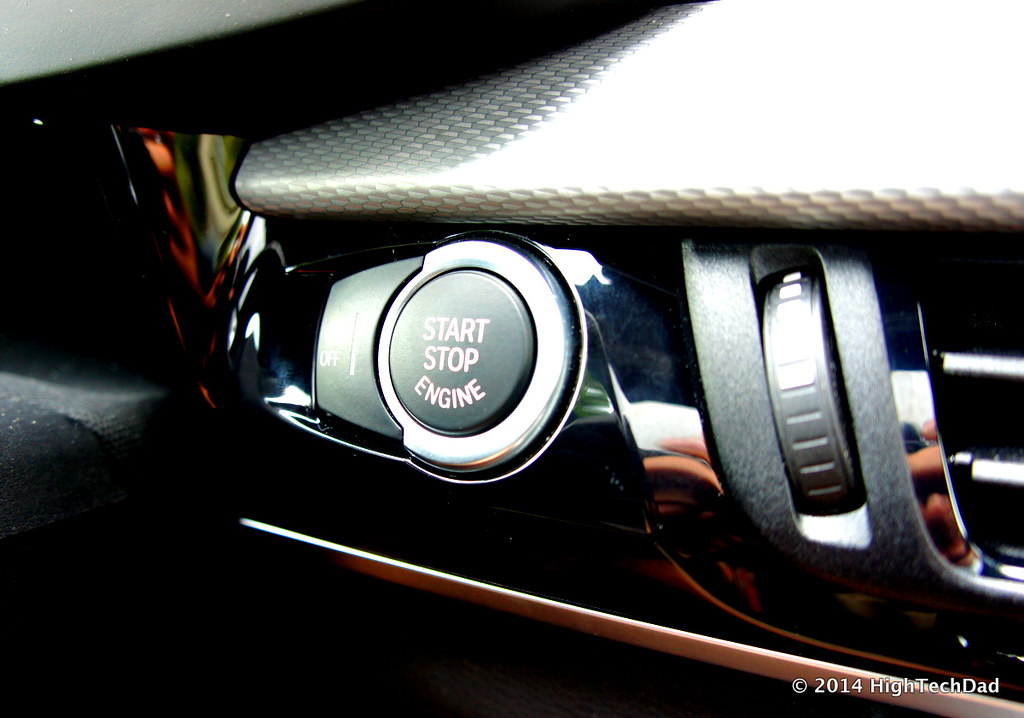
6. **Traditional Ignition Keys**For generations, the satisfying twist of a physical key in the ignition was the quintessential ritual to bring an engine to life. It was a simple, mechanical act that symbolized the start of every journey, a fundamental connection between driver and machine. This tactile interaction was a consistent part of the driving experience, an almost unconscious habit for anyone getting behind the wheel.
This process wasn’t just about starting the car; it was a familiar sequence. Inserting the key, turning it through the accessory and on positions, and finally engaging the starter motor was a small, yet significant, part of driving. It provided a sense of control and mechanical engagement that modern systems, for all their convenience, sometimes lack.
Push-button ignitions have now largely taken over, offering a seamless and often keyless starting experience. While they undeniably provide convenience, removing that satisfying twist-and-start ritual, they also pave the way for advanced features like keyless entry systems and remote start functionalities. The traditional ignition key, once essential to driving, has thus become another unmistakable sign of an older model, replaced by the effortless command of a button or proximity sensor.
Read more about: Unlocking the Mystery: Why Your Car Key Fob Replacement Can Cost Hundreds of Dollars
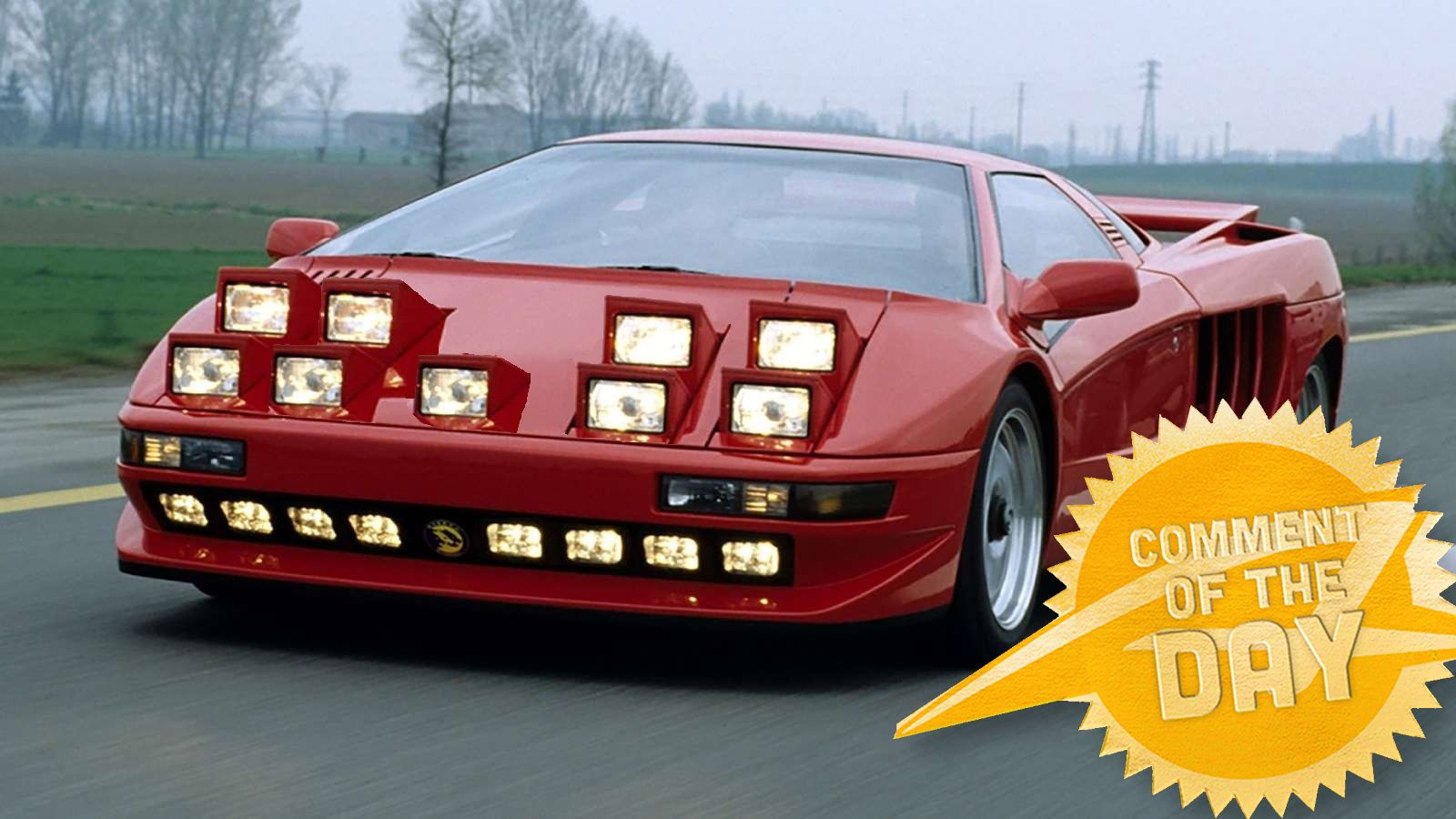
7. **Pop-Up Headlights**Few features encapsulate the aesthetic and engineering trends of a specific automotive era quite like pop-up headlights. These distinctive lights, which emerged from the car body when activated, gave many vehicles a sleek, futuristic look, making them a particular favorite among sports car lovers of the 1970s, 80s, and 90s. The theatrical reveal of the lights added a touch of drama and exclusivity to the car’s front fascia, instantly recognizable as a design statement.
Beyond their stylistic appeal, pop-up headlights were often implemented to allow for lower, more aerodynamic hood lines when the lights were retracted, helping cars cut through the air more efficiently. This hidden-when-off design was a clever solution to balancing aesthetic desires with early aerodynamic considerations, contributing to a distinctive profile that set many models apart from their peers.
However, these unique headlights eventually faced their demise duephasing out due to evolving safety regulations and aerodynamic changes. Their complex mechanisms added weight, introduced potential points of failure, and could pose a pedestrian safety risk in the event of a collision. Modern fixed headlights, often utilizing advanced LED technology, provide superior illumination, enhanced reliability, and integrate more seamlessly into contemporary aerodynamic designs, solidifying pop-up headlights as a nostalgic but increasingly impractical feature reserved almost exclusively for older, cherished models.” , “_words_section1”: “1948
Read more about: 15 Undervalued 1970s Classic Cars That Are Smart Buys for Enthusiasts Today
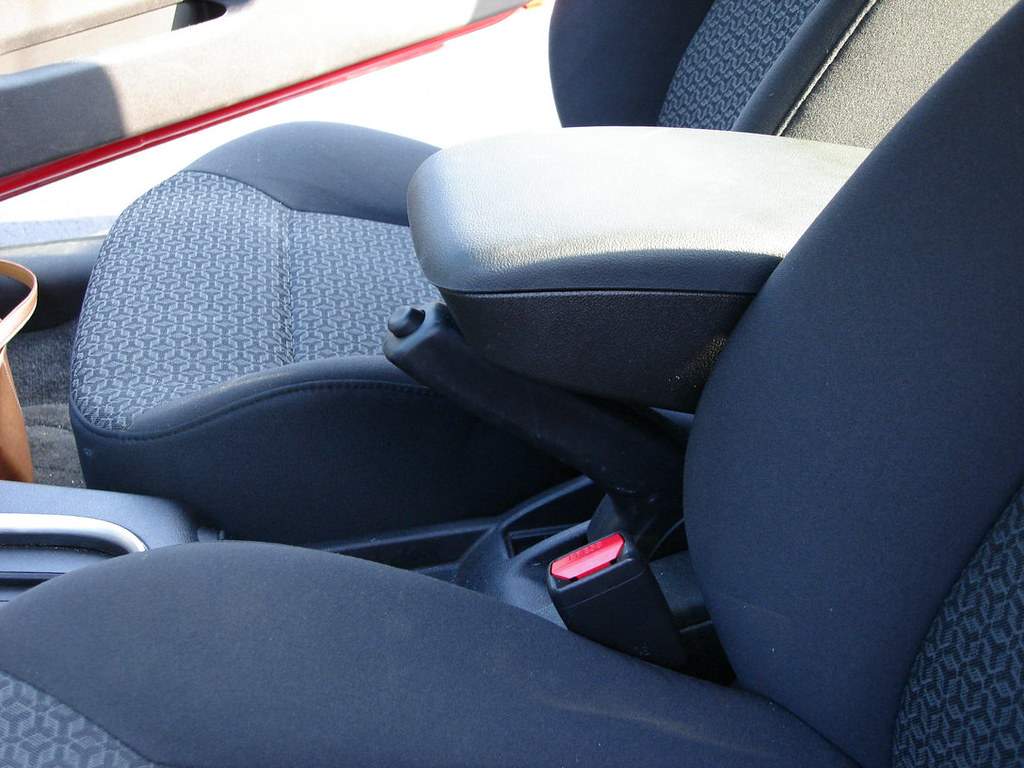
8. **Hand-Operated Parking Brakes**Ah, the satisfying *thunk* and firm pull of a classic handbrake lever! This was more than just a functional component; it gave drivers a distinct sense of direct control over their vehicle, especially cherished in those moments where precision parking or even a quick emergency stop was needed. It was an integral part of the driving experience, connecting the driver directly to the car’s mechanics in a way that felt robust and reliable.
For many, the handbrake was a tactile ritual, a physical confirmation that the car was secured. Whether you were mastering a hill start or simply parking on a slight incline, the visual and physical feedback of that lever was unmistakable. It felt like an extension of the driver’s intent, a straightforward mechanical command in an increasingly complex world.
However, in a move towards greater automation and streamlined interiors, electronic parking brakes have now largely taken over. While they offer undeniable convenience with a simple button press, often integrating features like auto-hold and automatic release, they undeniably remove that tactile, hands-on driving experience. The shift sacrifices a bit of that raw, mechanical engagement for effortless operation and often frees up console space for other modern amenities.
Modern electronic parking brakes represent a significant technological leap. They reduce physical effort, integrate smoothly with advanced safety systems, and even offer features like automatic engagement when the car is turned off. Yet, for many enthusiasts, the disappearance of the sturdy handbrake lever signals a gradual detachment from the pure mechanics of driving, making it a clear indicator of an older, more ‘involved’ vehicle.
Read more about: Behind the Wheel: 14 Major Safety Systems That Flat-Out Refused to Be Standard Until Now
9. **Hood Ornaments**Once upon a time, before cars became streamlined efficiency machines, a hood ornament was the ultimate statement piece. Adorning the front of many luxury cars, these intricate, often artistic emblems were more than just badges; they were powerful symbols of prestige, brand identity, and the exquisite craftsmanship of an era. Think of the leaping jaguar or the soaring spirit of ecstasy – these weren’t just decorations, they were declarations.
These metallic sculptures added a touch of elegance and exclusivity, transforming a car’s front fascia into a mobile work of art. They immediately communicated the vehicle’s pedigree and the owner’s discerning taste. Driving a car with a prominent hood ornament wasn’t just about getting from point A to point B; it was about arriving with undeniable flair and a sense of historical grandeur.
Regrettably, the reign of the hood ornament began to wane as evolving safety concerns took center stage. The risk they posed to pedestrians in the event of a collision became a significant factor in their decline. Furthermore, the unfortunate reality of theft risks, with these valuable and iconic pieces often targeted, also contributed to manufacturers phasing them out in favor of flush-mounted badges or logos.
Today, modern car designs prioritize sleek, aerodynamic shapes that optimize fuel efficiency and pedestrian safety, leaving little room for protruding ornaments. While some brands still feature them in a recessed or retractable form, the classic, fixed hood ornament is now a rarity, a charming vestige found almost exclusively on cherished older models that proudly display their heritage.
Read more about: Behind the Design: 10 Iconic Automotive Elements That Shaped Decades of Car Evolution
10. **T-Top Roofs**For a specific generation of car enthusiasts, the T-top roof offered the perfect compromise: an open-air driving experience without the full commitment, or often the structural compromises, of a convertible. With removable glass or solid panels on either side of a central structural bar, T-tops provided a stylish, semi-open feel that became synonymous with cool sports cars and muscle cars of the 1970s and 80s. It was a unique blend of secure cabin and breezy freedom.
The appeal of the T-top was undeniable. It gave drivers the best of both worlds, offering a sunny, wind-in-your-hair experience on a beautiful day, yet quickly transforming back into a coupe for bad weather or added security. This design made a strong aesthetic statement, creating a distinctive silhouette that stood out on the road and offered a taste of performance-oriented style.
Despite their undeniable charm and popularity, T-top roofs eventually faced their demise. Manufacturers wrestled with persistent issues, primarily leaks around the seals, which could lead to frustrating water intrusion during rain. Structural concerns also played a role; maintaining rigidity in a body with large removable roof sections proved challenging, especially as safety standards became more stringent and chassis engineering advanced.
Modern automotive design has largely moved past the T-top, opting instead for either full convertibles, which offer a complete open-air experience with robust folding mechanisms, or panoramic glass roofs that provide an expansive view while maintaining structural integrity. The T-top, therefore, remains a beloved, yet vanished, feature, forever etched into the lore of classic car cool, instantly signaling a vehicle from a truly iconic era.
Read more about: Mastering Metal: 12 Vintage Vehicles Worth the Full Restoration Journey for Every Enthusiast

11. **Full-Sized Spare Tires**There was a time when opening your trunk meant finding a full-sized spare tire, ready to ensure a smooth, uninterrupted ride after a flat. These robust spares, identical to the other four on your car, offered peace of mind and true ‘get-you-home’ capability, allowing drivers to continue their journey at normal speeds without much compromise. It was a practical, reassuring fixture in almost every vehicle.
This commitment to a full-sized spare reflected an era when road trip preparation meant being truly self-sufficient. You wouldn’t just patch up a tire; you’d swap it out for a wheel and tire that could handle the rest of your journey, no questions asked. It was a simple, yet profoundly effective, solution to an inevitable roadside inconvenience.
However, the automotive industry, in its continuous quest for efficiency, began to reconsider this bulky necessity. Today, full-size spare tires have largely been replaced by space-saving ‘doughnuts’ – temporary, smaller spares – or even just tire repair kits. This significant shift wasn’t just about saving space in the trunk, though that was a bonus, but primarily about reducing overall vehicle weight.
Less weight directly translates to improved fuel efficiency, a critical factor for modern car design and consumer demand. Additionally, advancements in tire technology have made modern tires more durable and less prone to punctures, further reducing the perceived need for a full-sized replacement. While less convenient in a pinch, the move away from full-sized spares highlights the industry’s focus on lightweight design and optimized performance.
Read more about: From Getaway Cars to Tragic Endings: Unpacking 12 of History’s Most Infamous Automotive Disasters
12. **Chrome Bumpers**For decades, chrome bumpers were a dazzling, defining characteristic of automotive design. They gave cars a distinctive, often opulent shine, reflecting sunlight and adding a touch of undeniable flair. Beyond their aesthetic appeal, these metallic giants were once seen as robust, durable components, designed to absorb minor impacts and protect the vehicle’s bodywork with a gleaming, resilient presence.
Chrome wasn’t just a finish; it was a statement of strength and style. The heavy, polished bumpers conveyed a sense of solidity and quality that resonated deeply with drivers. They were an integral part of a car’s overall character, contributing significantly to its road presence and often defining the ‘face’ of various models, from classic American muscle to elegant European cruisers.
However, as automotive engineering evolved, priorities shifted dramatically. Modern bumpers prioritize aerodynamics and, most critically, crash safety. The heavy, rigid nature of chrome bumpers proved less effective at absorbing impact energy in a controlled manner compared to contemporary designs. New regulations demanded structures that could deform predictably, protecting occupants and pedestrians more effectively.
Today’s bumpers are typically made from lighter, energy-absorbing plastics and composites, often integrated seamlessly into the car’s bodywork for improved aerodynamic efficiency and a more cohesive, modern aesthetic. The gleaming, standalone chrome bumper is now largely a relic, appreciated for its vintage charm but superseded by designs that prioritize safety, performance, and a sleek, integrated look.
Read more about: Behind the Design: 10 Iconic Automotive Elements That Shaped Decades of Car Evolution

13. **Wood Paneling**There was a distinctive era when wood paneling, whether gracing dashboards or even adorning exterior surfaces on classic station wagons, conveyed an immediate sense of luxury, warmth, and bespoke craftsmanship. It imbued car interiors with a rich, inviting feel, harkening back to a time when natural materials were celebrated. For many, it evoked a charming, almost handcrafted aesthetic that synthetic materials simply couldn’t replicate.
The presence of real wood or even high-quality simulated wood wasn’t just about aesthetics; it spoke to an aspiration for classic elegance and a connection to traditional coachbuilding. It provided a stark contrast to the plastics and metals, creating a cabin environment that felt more akin to a fine living room than a mere means of transportation. This nostalgic charm is something current designs often strive to emulate, but rarely achieve with the same authenticity.
However, the widespread use of wood paneling eventually waned. Real wood, while beautiful, requires maintenance and can be susceptible to damage from temperature fluctuations or impacts. Manufacturers began to favor modern synthetic materials for their superior durability, consistency, and ease of production. These materials offer greater resistance to fading, cracking, and wear, leading to longer-lasting and lower-maintenance interiors.
While today’s vehicles increasingly utilize high-tech, minimalist, or metal finishes, the allure of wood paneling persists as a cherished element of classic car design. Its gradual disappearance marks a shift towards materials that offer enhanced durability, reduced cost, and greater design flexibility, yet often at the expense of that unique, nostalgic warmth and the palpable connection to natural textures that wood so effortlessly provided.
Read more about: 15 Classic Wagons Families Don’t Want: Why Next-Gen Parents Pass on These Road Icons

14. **Hidden Fuel Caps**Some classic cars had a playful, almost mischievous design quirk: hidden fuel caps. Tucked discreetly behind a taillight, a retractable license plate, or even an emblem, these concealed caps added an element of surprise and a touch of unique style. They were a subtle nod to design ingenuity, creating an unbroken, clean line on the vehicle’s exterior, free from the interruption of a visible fuel door.
This aesthetic choice was all about sleekness and preserving the vehicle’s design integrity. It demonstrated a commitment to details, ensuring that even a utilitarian feature like a fuel filler didn’t detract from the car’s overall visual appeal. For owners, it was a point of pride, a small secret that added to the character and exclusivity of their ride, often sparking conversation at the gas station.
However, as automotive design became more focused on practicality, standardization, and ease of use, hidden fuel caps began their slow retreat. Modern designs overwhelmingly favor accessibility and efficiency, making the fuel cap easy to locate and open, often with a simple push or a remote release from inside the cabin. The ‘hide and seek’ element, while charming, simply wasn’t practical for mass-market vehicles.
The shift to visible, easily accessible fuel caps also contributes to greater safety, as they are less likely to be obstructed or damaged. While unique, the hidden fuel cap is now a delightful anachronism, a feature that instantly transports you back to an era when designers dared to be a little more whimsical, before the dictates of pure function and regulatory efficiency took full command of every exterior detail.
Read more about: Decoding ‘Five’: How This Foundational Number Powers Innovation and Unlocks New Ideas Across Disciplines
And there you have it – a fascinating journey through the automotive features that once defined our rides, only to vanish into the annals of history. From the tactile engagement of a handbrake to the sophisticated flair of a hood ornament, each disappeared element tells a story of evolving technology, shifting cultural norms, and an unwavering pursuit of safety and convenience. While we revel in the ‘smartness’ of today’s vehicles, there’s a certain charm in remembering these ingenious, sometimes quirky, components that paved the way. What’s next to go? Only time, and innovation, will tell!


